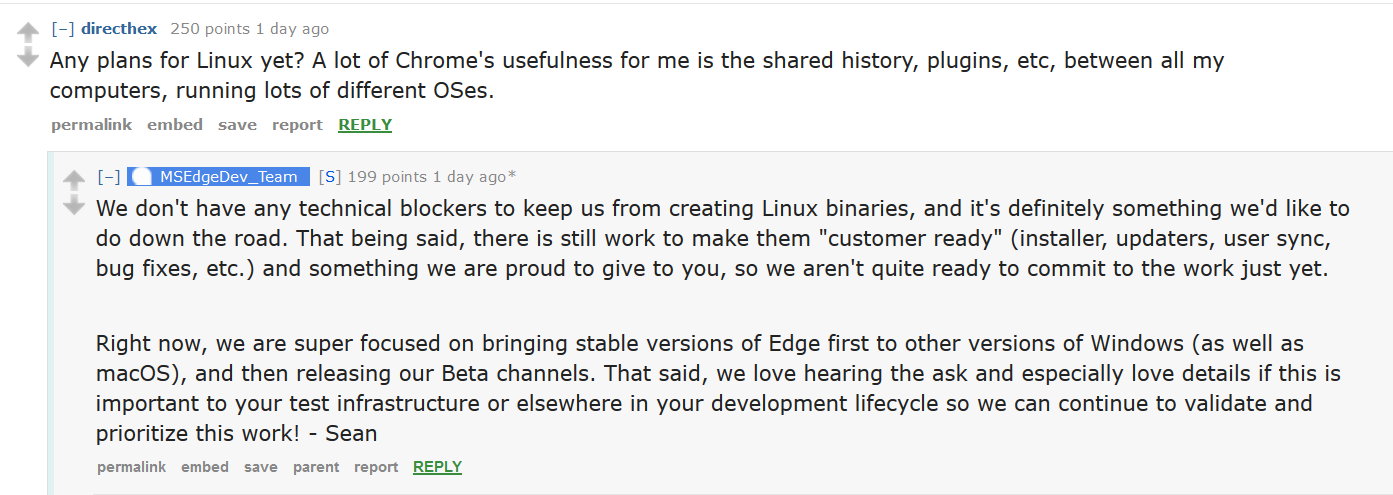


Users of devices that aren’t encrypted receive a message that they must encrypt the drives to bring the device into compliance. Require Device Encryption – Specifies whether device-level encryption is required for writable fixed disks on this computer. Custom ComplianceĪdd the settings in this category when you use custom compliance settings for Linux.įor information about the available settings for custom compliance and how to use them, see Use custom compliance policies and settings for Linux and Windows devices with Microsoft Intune. Users of devices that fail to meet the defined criteria need to install a different version or distribution of Linux to bring the device into compliance. Allowed DistrosĪdd entries that define a maximum and minimum OS version for a Linux distribution type.

Where applicable, guidance on configuring the setting is provided. To learn more about compliance policies, and what they do, see get started with device compliance.Ĭompliance policies for Linux can include settings from the following categories. To manage the tenant-wide compliance policy settings in your tenant, sign in to Microsoft Endpoint Manager admin center and go to Endpoint security > Device compliance > Compliance policy settings. In addition to the platform-specific compliance policy, devices are also governed by tenant-wide compliance policy settings. Therefore, when configuring a compliance policy for Linux you choose the settings you want to include in your policy by browsing the catalog and selecting them. This article lists and describes the different compliance settings you can configure for Linux devices in Intune.įor Linux, compliance settings are available from the settings catalog instead of from a pre-determined template as seen for other platforms.


 0 kommentar(er)
0 kommentar(er)
